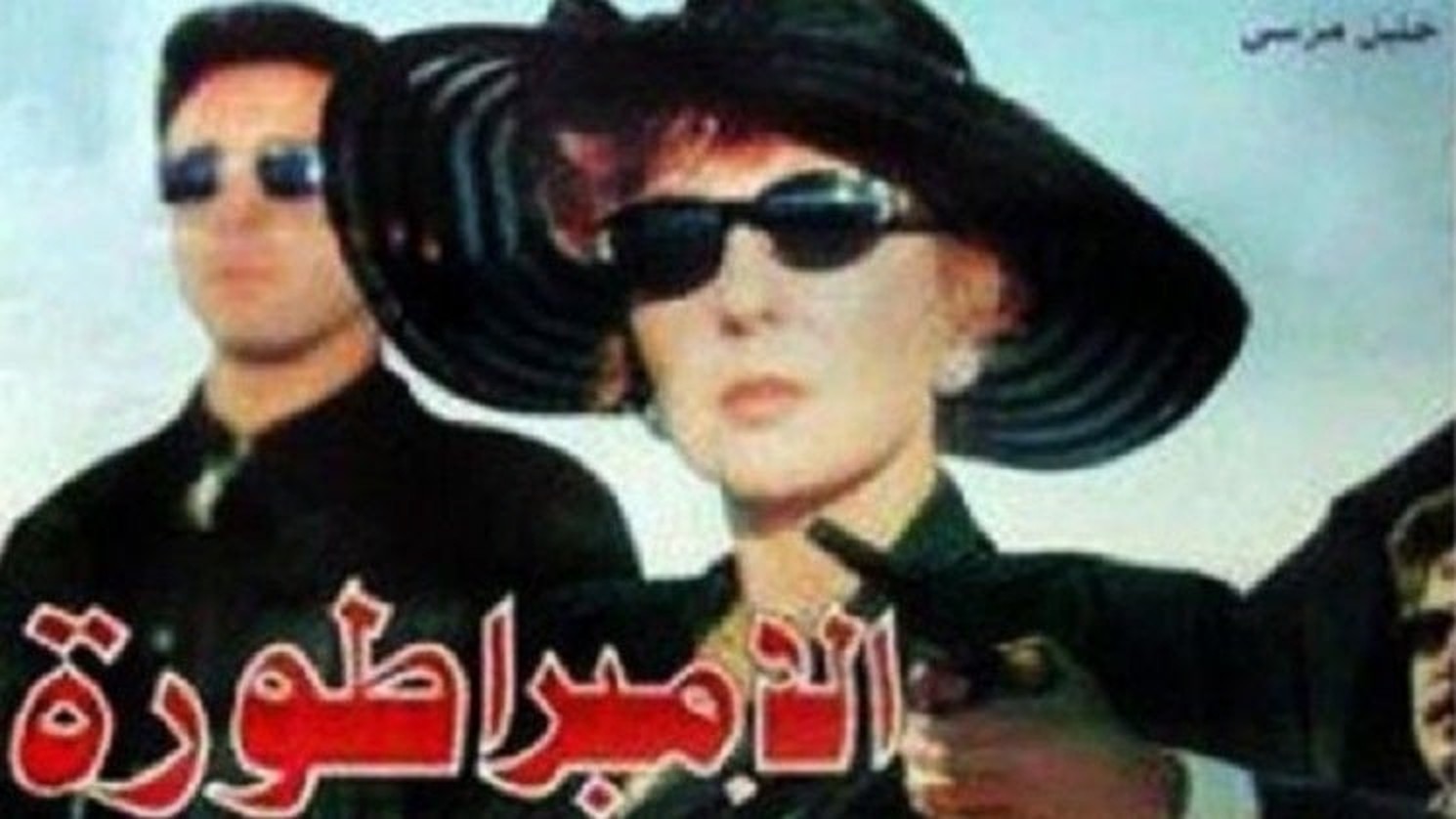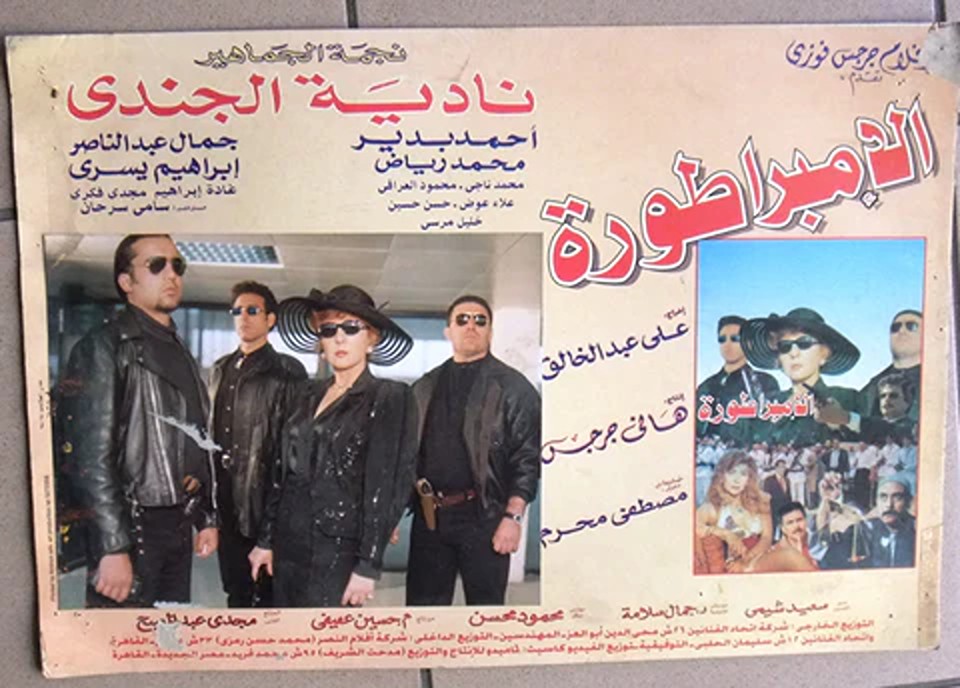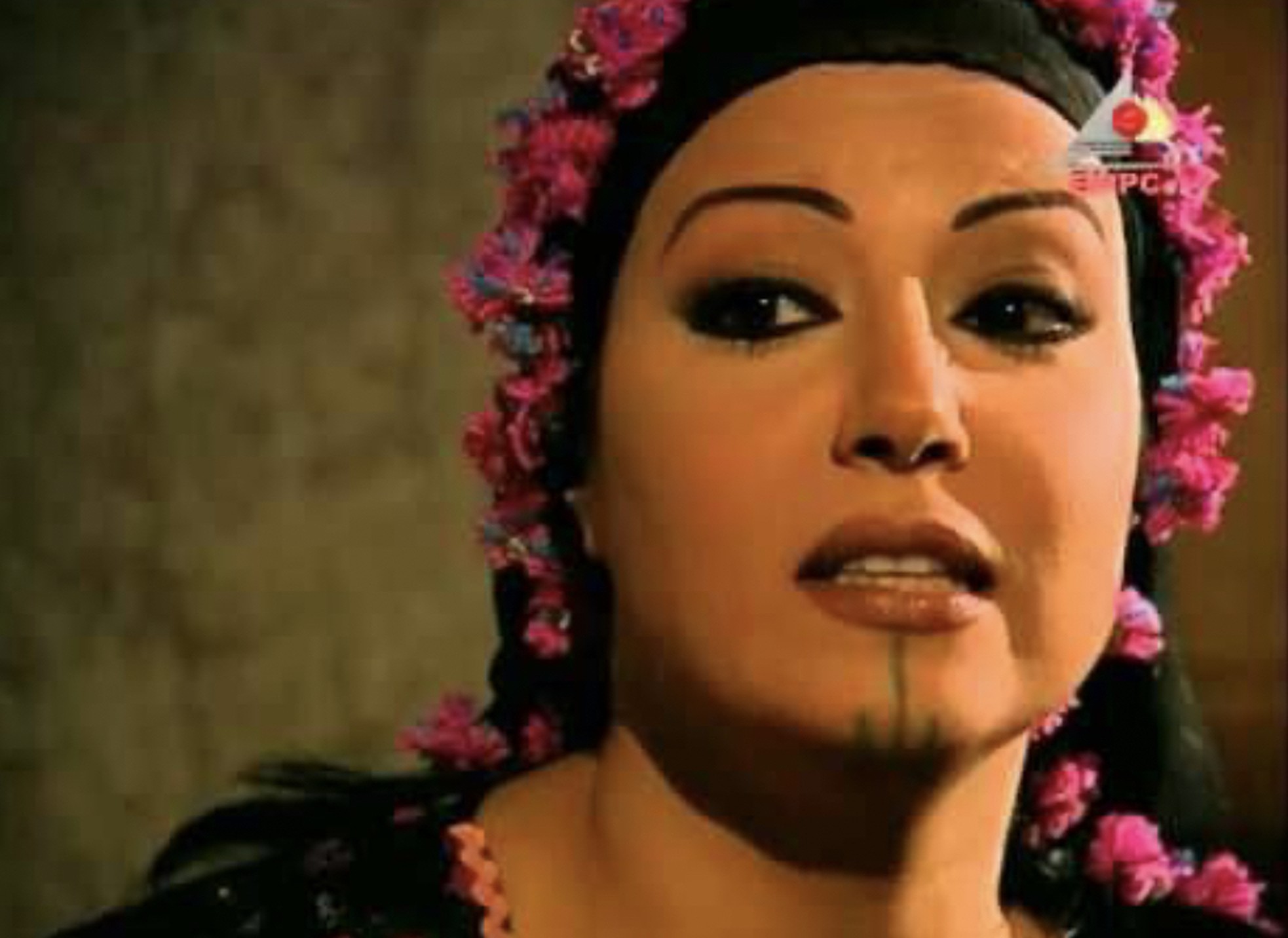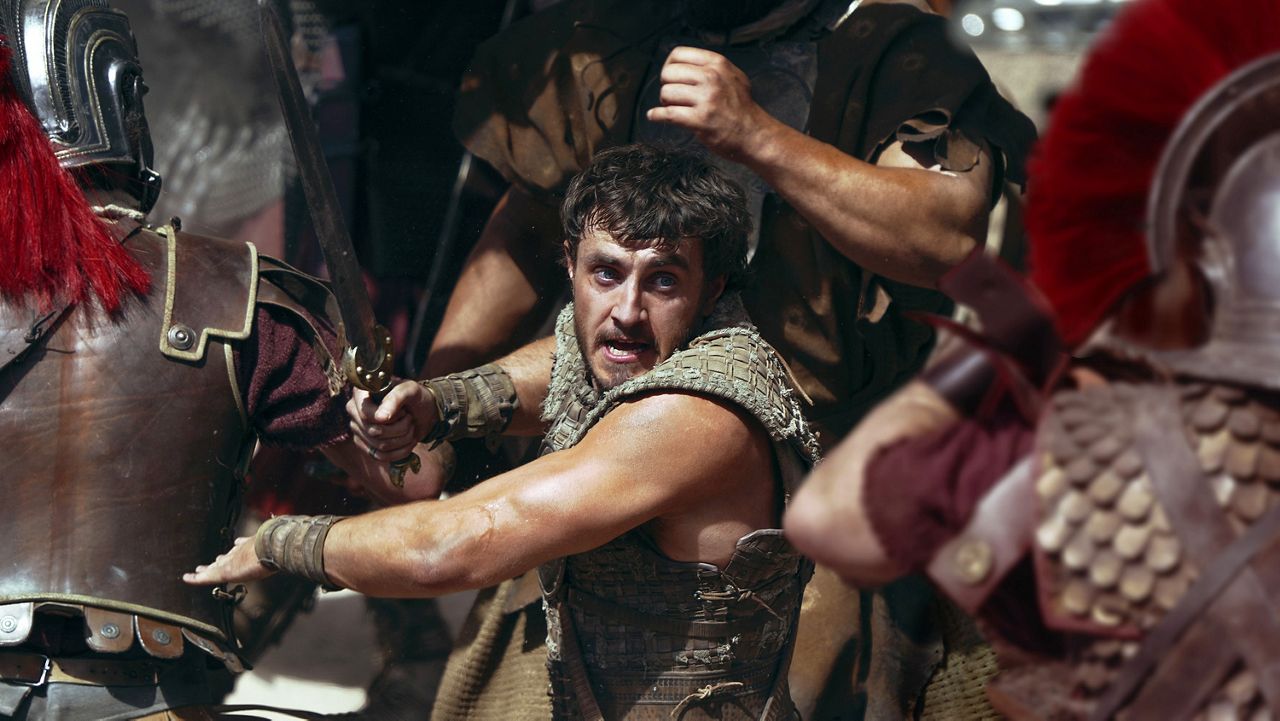Fashion
Egyptian Villains Whose Fashion Stole the Show

Before the 1960s, when filmmakers, artists, or everyday people wanted to dress up as villains or spooky figures for Halloween, the most obvious go-to choice was to wear a mask — the more inhuman one looks, the more villainous it felt.
Fashion historian Nancy Deihl notes that anonymity played a role in the evolution of the villain archetype. The essence of dressing up as a villain was to achieve total disguise. This concept of obscured identity is mirrored in one of the earliest and most iconic horror films, Frankenstein (1910), where the character is shrouded in a mask that conceals their human features.
Over time, however, the façade of the mask faded, revealing how villainous traits can manifest in various human figures in real life—such as the elite, drug dealers, and even some religious and cult leaders.
In Egypt’s cinematic universe, dressing up as a villain is an intentional and intricate process, involving specific materials like silk and leather, elite fashion symbols like a tarboush (fez) hat with a walking stick, or even subtle touches like a well-groomed thick moustache.
As Halloween approaches, Egyptian Streets has put together a list of iconic villains and their signature styles.
Taher Pasha in Nahr El Hub (River of Love, 1960)
Inspired by Leo Tolstoy’s tragic novel Anna Karenina (1878), the Egyptian adaptation introduced one of the most memorable villains in Egyptian cinema: the wealthy aristocrat Taher Pasha (Zaki Rostom), who marries Nawal (Faten Hamama), a rural and simple woman.
Taher Pasha embodies the clash between an old world characterized by conservatism, gender roles, and class divisions, and a new era defined by flexibility, empathy, and openness. His villainy is not marked by dramatic displays; rather, it lies in his chilling coldness and inflexible nature, which instills fear in those around him. His heartlessness was undeniably the most terrifying aspect of his character.
To highlight this heartless quality, designers usually opt for a minimalist approach to the wardrobe, as cruel characters often dress with simplicity rather than flamboyant colors, as seen in Cruella (2021)’s simple palette of red, black, and white. Similarly, Taher Pasha’s elitist fashion reflected the coldness of the elite, marked by a tailored suit, a thick tie, a tarboush hat, and a walking stick. The moustache has also long been a symbol of elitism and masculinity, reminiscent of figures like King Farouk, who ruled until his ousting in a military coup in 1952.
In every scene, Taher Pasha donned the same outfit, reinforcing his character and cementing his villainous persona. Much like how Cruella is inextricably linked to her iconic black and white fur coat, Taher Pasha’s polished appearance became unforgettable. He embodied villainy from start to finish, and his fashion choices remained consistent throughout the film.
Zanouba in Al Imbratora (The Empress, 1999)
Some villainous fashion stands out for its simplicity, while others are captivatingly chic. Although villains can provoke and wreak havoc, some fashion-forward villains manage to do it all with style.
While Hollywood features a roster of iconic female villains, like Catherine Tramell in Basic Instinct (1992) with her memorable interrogation scene, where she is dressed in a white turtleneck dress and a white coat, Egyptian cinema also has its own collection of femme fatales, prominently including Nadia El Guindy. In Al Imbratora (The Empress, 1999), she portrays Zanouba, a downtrodden maid who turns to drug trafficking, ultimately establishing her own empire.
Zanouba is unapologetically bold in her fashion choices, fully aware of her villainous persona and is not afraid to intimidate those around her. As a criminal, she occasionally opts for a sleek all-black ensemble, complete with a stylish hat and shades, while at other times she wears a glittery silk dress adorned with extravagant jewelry.
The silk garments she wears throughout the film serve to highlight her wealth and seductive allure. Her voluminous, curly hair also adds to her powerful presence, while her makeup is always feminine and bold, perfectly complementing her over-the-top style.
Sakina in Raya w Sakina (Raya and Sakina, 2005)
Two things that simply can not be separated are “Egyptian villain” and “Somaya El Khashab.” Renowned as one of the most iconic villains in Egyptian cinema, Somaya’s portrayal of Sekina in Raya w Sakina (Raya and Sakina, 2005) solidified her legacy as a female antagonist. With her sharp attitude and tough, no-nonsense persona, she represents female characters who could hold their own in any confrontation.
Raya and Sakina were two notorious Egyptian women, known as the country’s most infamous serial killers. They often dressed in traditional rural attire, including veils and an array of bracelets and anklets. However, what set Sakina apart was Somaya El Khashab’s striking use of makeup, which emphasized the intensity of her character.
Her striking black eyeliner, bold eyebrows, and face paint on her chin made her villainous character recognizable, even before she uttered a single word. She also often donned sparkly pink headscarves and colorful dresses, showing how she stays true to her femininity even in a male-dominated environment.
Hassan Al-Sabbah in Hashashin (Assassins, 2024)
Villain characters have traditionally been portrayed as criminals or elites. However, recent depictions have highlighted religious figures like Hassan Al-Sabbah, the founder of the Order of Assassins, who established a Shiite Muslim state reliant on political assassinations to achieve its aims.
Played by Karim Abdel Aziz, Hassan Al-Sabbah is a ruthless cult leader with a distinctive style that is hard to forget or replicate. His well-groomed long beard and multiple flowing black cloaks create an air of mystery and ambiguity. But it is easy to overlook the most striking element of his attire: the headdress, which is wrapped around his head like a crown.
In one poster, Hassab Al-Sabbah looms as a God-like figure, draped in flowing black cloaks. His headdress crowns him, elevating him to a divine stature that sets him apart from the figures behind him.
This layered fashion not only conceals his figure but also evokes intrigue and secrecy. Accessories like his gold ring and black beaded necklace also further bring out his cult-like persona.





.jpg)






